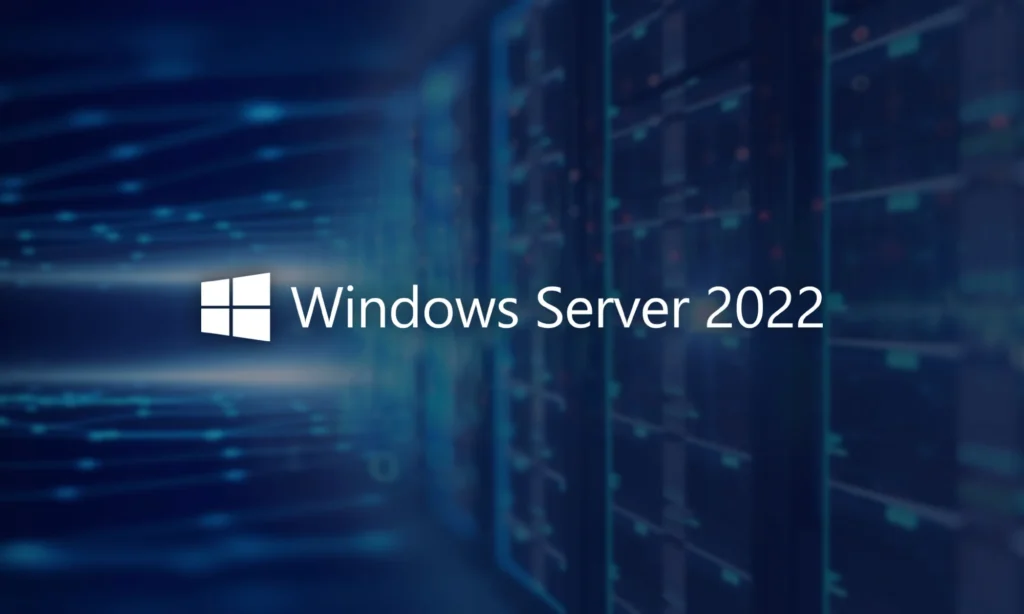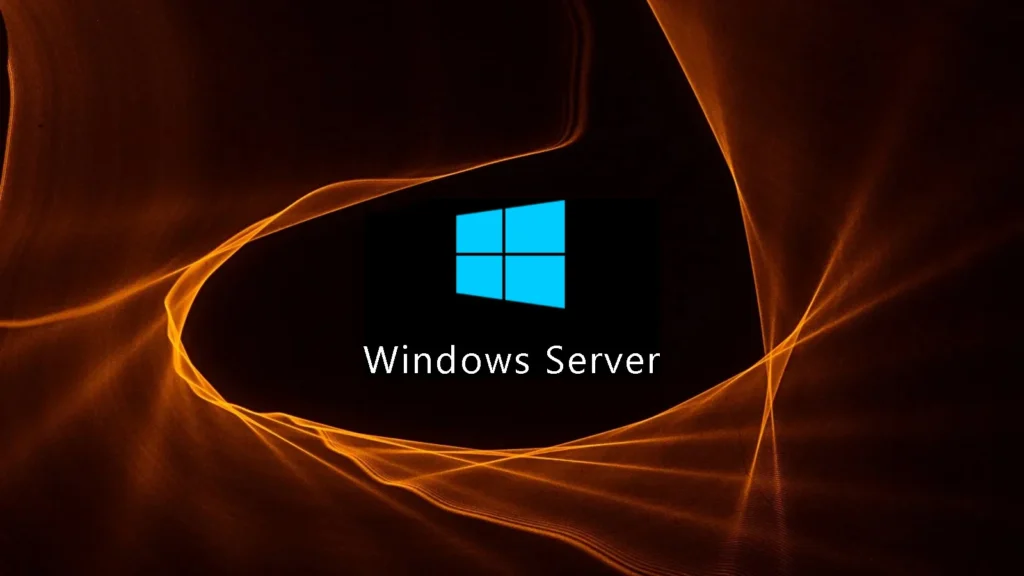Windows Server 2022 Automatic Refresh Failed Issue

Troubleshooting the Windows Server 2022 Automatic Refresh Failed Issue
The Windows Server 2022 automatic refresh failed error is a common problem that can disrupt server operations. This error can occur for various reasons, from network issues to system misconfigurations. Addressing it promptly is essential to maintain system stability and ensure that your server performs optimally.

Common Causes of the Windows Server 2022 Automatic Refresh Failed Error
Several factors might cause the Windows Server 2022 automatic refresh failed issue. Understanding these causes is crucial for diagnosing and resolving the problem effectively.
1. Network Connectivity Issues
One of the primary reasons for the Windows Server 2022 automatic refresh failed error is unstable network connectivity. When the server cannot maintain a consistent connection to the internet or internal networks, automatic refresh processes may fail. Ensuring a stable network environment can prevent these interruptions.
2. Insufficient System Resources
If your server is running low on essential resources like CPU, memory, or disk space, it might struggle to complete the refresh process. The Windows Server 2022 automatic refresh failed error can occur when the system cannot allocate the necessary resources to perform the update.
3. Incorrect Configuration
Incorrect system or application configurations can also trigger the Windows Server 2022 automatic refresh failed error. These might include improper settings in your server’s group policies, scheduled tasks, or application configurations. Regularly reviewing these settings is crucial for maintaining server health.
Impact of the Windows Server 2022 Automatic Refresh Failed Error
The Windows Server 2022 automatic refresh failed issue can lead to several negative consequences if not resolved promptly.
1. Service Interruptions
When automatic refresh fails, critical services might not update as required. This can lead to service interruptions, affecting user experience and productivity.
2. Outdated Data
A failed refresh might leave your system with outdated data, leading to inconsistencies across your network. This can cause errors in applications and services that rely on current data.
3. Increased Downtime
Resolving the Windows Server 2022 automatic refresh failed error may require significant downtime, which can disrupt business operations. Regular maintenance and monitoring can help reduce this risk.

Solutions to the Windows Server 2022 Automatic Refresh Failed Problem
Addressing the Windows Server 2022 automatic refresh failed issue involves several steps. By following these guidelines, you can minimize downtime and restore normal operations.
1. Stabilize Network Connections
First, ensure that your server’s network connection is stable. Check for any issues with your internet service provider or internal network that could be causing disruptions.
2. Optimize System Resources
Monitor your server’s resource usage closely. If necessary, upgrade hardware or optimize server performance to ensure that sufficient CPU, memory, and disk space are available for the refresh process.
3. Review and Correct Configurations
Regularly review your server’s configuration settings, including group policies and scheduled tasks. Correct any misconfigurations that might prevent the refresh process from completing successfully.
Preventing Future Windows Server 2022 Automatic Refresh Failed Errors
Prevention is always better than cure. To avoid encountering the Windows Server 2022 automatic refresh failed issue in the future, consider these preventive measures:
1. Regular Maintenance
Schedule regular maintenance checks to monitor and address potential issues before they escalate. This includes checking system resources, updating configurations, and ensuring that all software is up-to-date.
2. Implement Redundancy
Implementing redundancy in your network and system setup can help mitigate the impact of any single point of failure. This can involve setting up backup servers or using failover systems to maintain continuity if an error occurs.
3. Keep Systems Updated
Ensure that your server is always running the latest version of Windows Server 2022 and that all security patches and updates are applied promptly. This reduces the risk of encountering known issues that have already been resolved by Microsoft.
Conclusion
The Windows Server 2022 automatic refresh failed issue, while frustrating, is manageable with the right approach. By understanding the causes and following the outlined solutions, you can ensure that your server remains stable and efficient. Regular maintenance, proper resource management, and correct configurations are key to preventing this error from recurring. For more detailed guidance and troubleshooting tips, you can visit the official Microsoft support page. Visit Microsoft’s official support for comprehensive information. Maintaining a proactive approach will keep your Windows Server 2022 environment running smoothly, minimizing downtime and ensuring business continuity.
